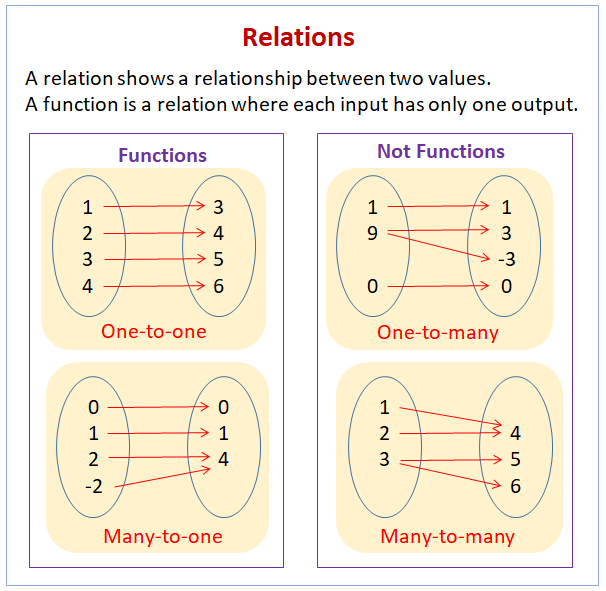The intricate interplay between physics and health science exemplifies a profound tapestry woven from the threads of natural phenomena, biological mechanisms, and the quest for innovative solutions to enhance human well-being. Understanding this relationship necessitates a comprehensive exploration of fundamental concepts, methodologies, and implications that bridge these interdisciplinary domains.
At its core, physics elucidates the fundamental laws governing matter and energy in the universe. Health science, conversely, is primarily concerned with the complexities of biological systems and the myriad factors that contribute to health and disease. However, the fusion of these two fields provides a unique lens through which one can comprehend the intricate dynamics at play within the human body and its environment. This relationship invites contemplation, as it subtends our fascination with the mechanisms of life and health.
One area of considerable overlap is biomechanics, a field that applies principles of mechanics to understand the movement and function of the human body. Here, the laws of motion as articulated by Newton serve as a foundational framework. Whether analyzing gait, the impact of exercise on musculoskeletal health, or even the dynamics of sports performance, the principles of physics are paramount. For instance, studying the torques and forces acting on joints can illuminate how to prevent injuries and enhance rehabilitation strategies, exemplifying the significance of physics in improving athletic performance and patient outcomes.
Furthermore, the realm of medical imaging stands as a testament to the application of physical principles in the field of health science. Techniques such as X-rays, magnetic resonance imaging (MRI), and computed tomography (CT) scans harness the inherent properties of waves and particles to provide intricate images of internal body structures. The relationship between the frequency of electromagnetic waves and their energy levels, illuminated by Planck’s equation, is pivotal in elucidating the mechanics behind these imaging modalities. As a result, healthcare providers are better equipped to diagnose and treat ailments based on visualized internal phenomena that, without physics, would remain obscured.
Moreover, thermodynamics plays an indispensable role in understanding human physiology. The human body’s regulation of temperature exemplifies thermodynamic principles at work. Homeostasis, a critical biological process, exemplifies the balance of energy transfers and exchanges, central to maintaining optimal body function. Thermoregulation mechanisms, whether through perspiration or shivering, illustrate how the body interacts with its environment, underlining the symbiosis between physics and biology. This relationship extends to the realm of clinical practices—managing fever or hypothermia involves direct applications of thermal physics, showcasing the practical implications of these concepts in healthcare.
The utilization of physics extends into the realm of pharmaceuticals as well. The development and delivery of medications often hinge upon principles from fluid dynamics and material science. For example, the design of drug delivery systems relies on understanding the behavior of fluids at various scales—how they interact with biological membranes, their diffusion rates, and the impact of gravity and turbulence. This inclusive approach delineates how a physicist’s insight into molecular behavior can enhance drug efficacy and patient safety, ultimately improving therapeutic outcomes in clinical settings.
Furthermore, the burgeoning field of biophysics encapsulates the merging of physics with biological inquiry. Biophysical techniques, ranging from spectroscopy to molecular modeling, delve into the intricate workings of biological macromolecules, such as proteins and nucleic acids. Understanding these structures at a molecular level reveals critical insights into mechanisms of diseases, paving the way for targeted therapies and innovative treatment options. Thus, biophysics not only reinforces the interconnectedness between the disciplines but also exemplifies how knowledge acquisition in one field fuels advancements in another.
Epistemologically, this interdisciplinary synergy prompts robust questions regarding the nature of health and disease. What are the physical laws underlying cellular processes? How do environmental factors governed by physics influence public health? These inquiries underscore an essential perspective—health cannot be fully understood without acknowledging the physical principles that govern biological systems.
Moreover, advancements in technology further delineate the relationship between physics and health science. Bioengineering innovations, including prosthetics and biosensors, are predicated on the application of physical principles. The design of prosthetic limbs that mimic natural movement necessitates a nuanced understanding of leverage, equilibrium, and material properties. Similarly, the development of wearable health monitors relies on the detection and quantification of physical signals, integrating physics with health management strategies for chronic conditions. These achievements underscore the transformative power of interdisciplinary collaboration.
In conclusion, the symbiosis between physics and health science is not merely an academic curiosity but a fundamental narrative that influences our understanding of life and health. Through the lenses of biomechanics, medical imaging, thermodynamics, pharmacology, and biophysics, we unravel the complexities of our biological existence while enhancing our capacity to confront health-related challenges. This relationship, underscored by curiosity and innovation, offers an expansive frontier for exploration—one that holds the potential to profoundly transform medical practice and public health initiatives. As we delve deeper into this intricate interplay, we are not merely satisfying our intellectual curiosity; we are laying the groundwork for the future of health sciences predicated on a rigorous understanding of the physical laws that underlie our very existence.












